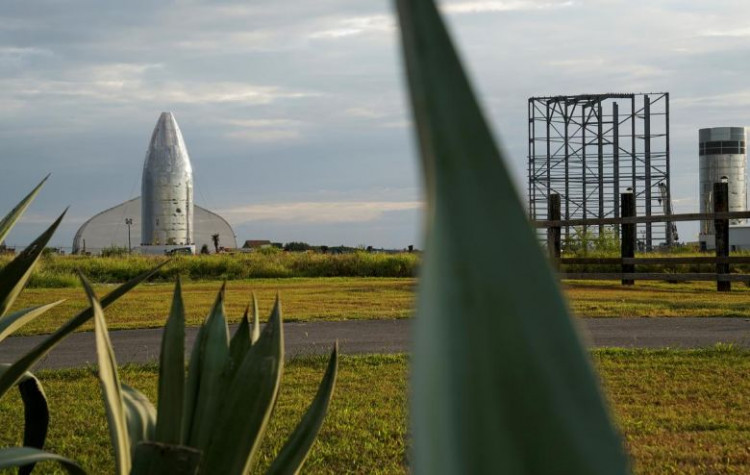China is forging ahead with its own version of SpaceX's Starship/Super Heavy interplanetary rocket and is scheduling the first unmanned test flight of its version of Starship by 2020.
Media reports claim China is pushing to develop its own "next-generation" spacecraft for interplanetary flights to the Moon and Mars. State-owned China Academy of Space Technology (CAST) is now building an almost 10 meters tall (30 foot-long), 22-ton spacecraft capable of carrying from four to six "taikonauts" (astronauts) to the Moon.
China plans to launch this new and as yet unnamed spacecraft on an unmanned test flight in the first half of 2020. This vehicle will be the payload of a Long March 5B heavy-lift rocket, which is a new vehicle with only two launches so far. It first flew in November 2016.
China's plans for an interplanetary rocket first call for developing a more powerful rocket, which is the super-heavy-lift "Long March 9." Long March 9 will stand some 110 meters tall and will be capable of lofting 140,000 kg to low Earth Orbit (LEO) using its three main engines and up to four strap-on boosters.
The need to follow these steps means China can only realistically plan for a crewed mission to the Moon only sometime "in the 2030s." On the other hand, the United States will return to the Moon in 2024. During the Apollo Moon landings from 1969 to 1972, 12 Americans set foot on the Moon.
Earlier this month, China revealed a two-module spacecraft consisting of a crew module and a service module. The crew module will be partially reusable. On the other hand, the service module will provide propulsion, power and life support for the crew module.
The combined spacecraft will be up to 9 meters long and will have a maximum liftoff mass of 20 metric tons (22 tons). It will be of modular design, which will allow it to be configured to meet different mission demands. This as-yet-unnamed spacecraft will be capable of moving beyond LEO and into interplanetary space.
Earlier this month, China revealed a two-module spacecraft consisting of a crew module and a service module. The crew module will be partially reusable. On the other hand, the service module will provide propulsion, power and life support for the crew module.
The combined spacecraft is up to 9 meters long and has a maximum liftoff mass of 20 metric tons (22 tons). It will be of modular design, which will allow it to be configured to meet different mission demands. This as-yet-unnamed spacecraft will be capable of moving beyond LEO.






